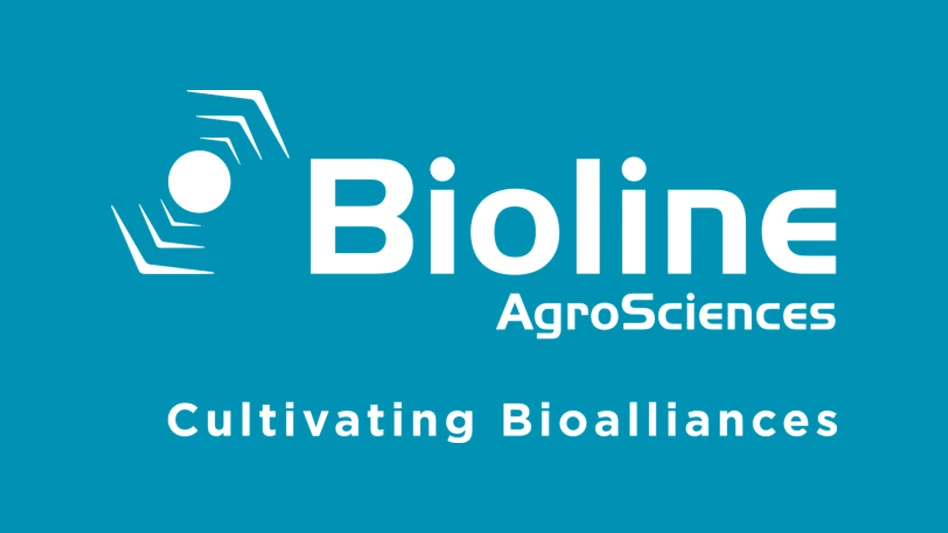 After learning to create and present a clear and succinct value proposition, Gerry, the owner of a small company, was overheard lamenting: “I had no idea how important it was to get rid of all those extra words and slow down. How many sales have I lost over the last five years because my prospects didn’t understand my message?”
After learning to create and present a clear and succinct value proposition, Gerry, the owner of a small company, was overheard lamenting: “I had no idea how important it was to get rid of all those extra words and slow down. How many sales have I lost over the last five years because my prospects didn’t understand my message?”
Gerry’s response is typical when business owners and executives realize they have been overwhelming people with information but under-messaging them. From the showroom to the boardroom, your ability to deliver a message with clarity will have a dramatic impact on your success. What is the cost of un-clear communication within your organization?
When it comes to your spoken communications, planning and preparation allows you to deliver your message more effectively, increasing the likelihood others will respond as desired. As you consider your approach to any conversation or presentation, consider the four keys to developing clarity:
- Substance
- Simplicity
- Structure
- Speed
Substance
When you are communicating with others, you have a message to share and a desired outcome of the conversation. When you focus on the substance, you start taking an intentional look at your message to identify the key message and essential elements. By devoting time to developing your message, you increase your probability of success.
Ask yourself:
- What is the single most important message I want them to hear?
- What are the most important details I need to share?
- What do I want them to remember?
- What action do I want them to take?
- What can I say or ask that will help them take action?
- What story could I share to illustrate benefits?
These questions will help you identify the most important substance of your presentation and form a strategic outline.
During your contemplation of substance you will invariably encounter a degree of “ego impact.” While you would like to believe that people care about everything you have to say, they don’t. As part of your message development process, continually ask, “Who cares?”
When you consider what you are presenting from the perspective of your audience, you can honestly assess whether or not they care about certain statements or points. By removing elements that your listener doesn’t care about, you will begin to create truly powerful and impactful messages using fewer words than you imagined possible.
Simplicity
Having identified your core substance, ask yourself: “How can I deliver this in the most simplistic manner possible?” Keep in mind that when you are presenting to others, they are:
- Listening to you
- Processing the information
- Thinking about the information and what it means to them
- Watching you
- Distracted by their surroundings
- Feeling their cell phone vibrating
- Thinking about other things they need to do
Given the level of thought and distraction occurring within the mind of your listener, the more straightforward your message, the higher the probability your message will stick with them.
As you develop your message, consider using simple terminology, avoiding buzz words and jargon; using shorter, more concise sentences; and using a short story to illustrate a point.
Keep in mind that the intent of simplicity is not to talk down to people but to present a message that is easy to understand, interpret and act on. During your process of simplifying your message, don’t be surprised if your ego kicks in again. Part of your mind will try to convince you that those fancy, complicated words and long sentences with multiple commas and semi-colons make you sound more impressive. Remind yourself that “less words = more message.”
Structure
Once you are clear on your key message and wording, developing the structure of your discussion or presentation will help you avoid missteps. Some of the key areas that require attention are:
- Rapport building
- Opening
- Information gathering
- Information sharing
- Story structure and placement
- Closing/call to action
As you become more strategic about the structure of your presentations, you will develop a library of common openings, stories, and calls to action that you will be comfortable using in a variety of situations. In the early stages of becoming more intentional about the structure of your presentations, you may have concerns that you will become bored with structured presentations. When this occurs, remind yourself that your presentation is not about you or for your entertainment and enjoyment; it is about the people you are talking to, their needs and helping them move forward.
Speed
You have prepared and practiced your presentation and now it’s time to talk to a customer or present to a group. During any form of presentation it is important to use vocal variety (tone, volume and speed) to help keep your audience engaged and to create emphasis on critical points.
Sami, a computer consultant and project manager, believed that she was a dynamic presenter but could not understand why the members of her project team did not respond the way she expected.
After listening to a recording of herself presenting in a meeting she was embarrassed and explained, “I sound so boring! I don’t even sound like I care about the project. All I do is move step by step through all of the points I wanted to cover in the meeting.” What Sami realized is what she thought she was presenting and what others were hearing were two very different things.
There are a few steps that will help you be more intentional about using speed to create greater impact. Record yourself speaking normally to determine your baseline speed, tone and volume. Highlight points that you are excited about and practice saying those at a faster rate and slightly higher tone of voice to convey excitement. Highlight important points, and practice slowing down and lowering your tone to convey importance. Practice using pauses to allow your listener to connect to your points, and think about their impact.
Initially, the changes to your speaking patterns will feel awkward and uncomfortable. Continue practicing and recording your presentation. As you listen to the recording, consider the power of the message your audience will hear. You will begin to realize that the improved vocal variety is improving your message.
Effective communication is an intentional and practiced process. Through your increased focus on substance, simplicity, structure and speed, your presentations to your customers or audience will become more consistent, powerful, and most importantly, more effective.
Mark A. Vickers is a communications consultant focused on helping organizations achieve excellence through improved communication and speaking skills. He is known for creating and delivering specialized and innovative programs.

Explore the August 2015 Issue
Check out more from this issue and find your next story to read.
Latest from Nursery Management
- Leading Women of Horticulture: Katie Dubow, Garden Media Group, and Aubry Field, Lizzy Blossom
- Leading Women of Horticulture: Arden Pontasch, North Creek Nurseries
- Super Charged Moon Juice from Moon Valley Nurseries now available nationally
- 2025 Proven Winners Horticulture Scholarship applications now open
- Leading Women of Horticulture: Anna Ball, Ball Hort, and Terri McEnaney, Bailey Nurseries
- Leading Women of Horticulture: Crystal Cady and Elizabeth Brentano
- USDA fires experts on invasive pests, including Asian citrus psyllid, chilli thrips
- Dümmen Orange North America celebrating 25th anniversary in 2025






